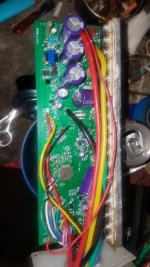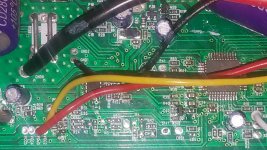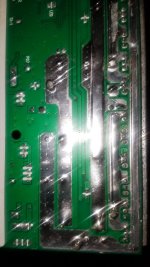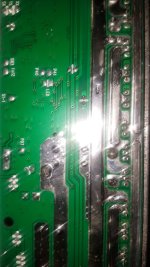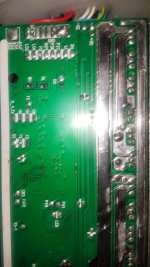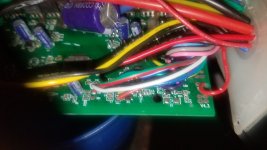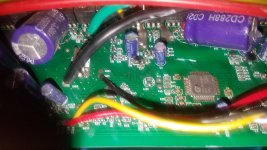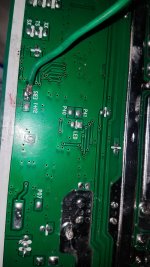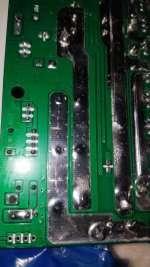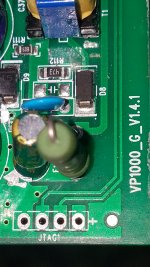What are all the parts in your system that connect to the battery rated for?
Are both the BMS in your 48v batteries designed to handle the full charge voltage of both batteries in series? If not, they can be damaged by this, so that they can't protect your cells against overcharge or overdischarge.
That is much higher than 96v. If they are 13s batteries, typical lithium cells, that's 13 x 2 x 4.2v = 109.2v.
If your controller is not designed for at least 120v, it may be damaged by this, if not during connection, then during operation because voltages generated while moving can exceed the battery voltage.
If you're using this controller
i am hoping for some help. i am wondering what the green and brown wires that are soldered to the blue phase wire are used for? i am wondering what the a3 litht blue wire is. i think it brakes but maybe a security wheel lock. i am wondering if this can regen and how. i am wondering if i could...

endless-sphere.com
then it's unlikely to work correctly in this application.
If you have other parts (DC-DC for lights, etc) they must also be rated at least that high a voltage.
If your motor is designed to run at a specific speed at a specific voltage (most are labelled that way, or sold that way in ads), then it will run proportionally higher at the higher voltage. You can calculate the new speed at full throttle if you have three of those numbers.
The spark can be mitigated with connnectors designed to be anti-spark, or with a precharge setup (there are many posts on both of these if you poke around the forum). You can also do it by always leaving the battery connected, and just turning them off at their BMS, if the BMS has a control input for this.




